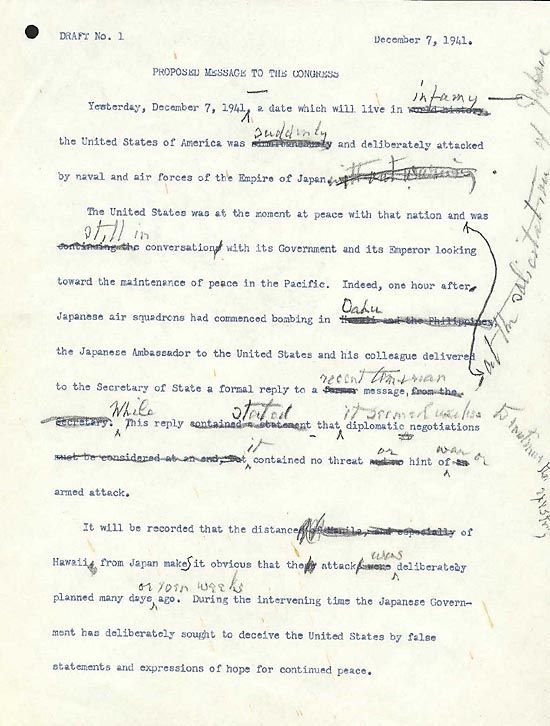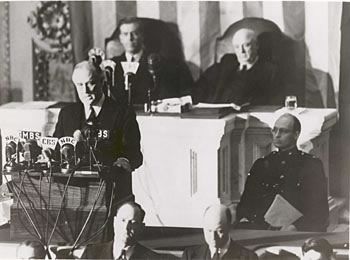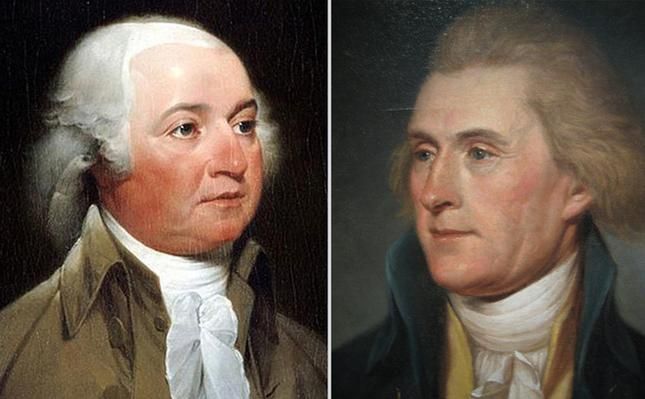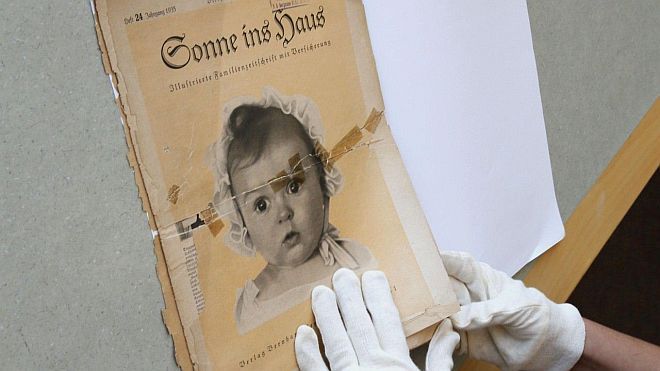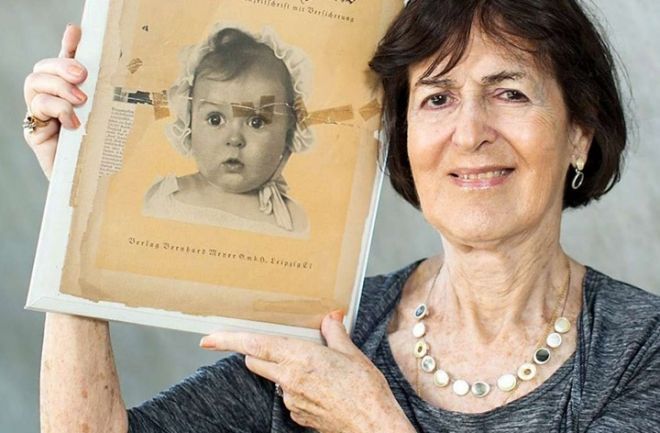During the WW One, a british Mark IV tank, named after tinned meat “Fray Bentos†was stranded away from its accompanying infantry support in the 3rd battle of Ypres. The Germans saw the plight of the stranded nine men in their tank and attacked with everything they had including heavy guns, infantry and pioneers with explosives.
They were leading an attack, along with seven other tanks, launched early on the morning of August 22 1917, at the height of the Battle of Passchendaele.- Their target was a series of farm buildings which had been heavily fortified by the Germans but the machines swiftly ran into problems.-
The entire Passchendaele campaign is remembered for the notoriously muddy conditions in which it was fought and seven of the machines became bogged down and destroyed.-
Researchers have pieced together details from an original newspaper of the time and for the nine crew of the F41 Mark IV tank, it was their first combat in the new machines. Named 'Fray Bentos' for the tinned meat firm, the tank got attacked by machine gun fire and was struck near the driver’s half closed visor, injuring soldiers Captain Donald Richardson and Second Lieutenant George Hill.
Richardson before the war had been a wholesale grocer in Nottingham and held the agency for Fray Bentos canned meat - hence the tank's name. Driver, Hill, fell and knocked the throttle causing the tank to lunge into a crater surge into where it became stuck. On a slope it then began to sink further into the mud which made its two side guns useless — one pointing to the sky, the other into the ground. Private Brady, got out to try and unleash a beam designed to free tanks when they became stuck but he got hit by enemy fire which killed him. Another private, Trew, volunteered to get out, but Richardson wouldn’t allow it — they were in a very sticky situation, literally. Fire from shells and mortars kept on battering the tank and the carnage carried on outside, all around them. Luckily though, the tank's position in the crater offered them some protection and made it hard for the German gunners to score constant direct hits.-
According to the article one gunner, Private Arthurs, was hit by shell splinters and the other gunner, Private Budd, was wounded when the tank slipped after trying to restart it. The jolt caused one of the guns to strike the ground outside and the breach swung violently into him, crushing his ribs. It was then discovered that all the crew were trapped — Brady's body and the heavy beam, had fallen across the main door and nobody could get out. Temperatures rose to around 30C. The poor soldiers inside 'Fray Bentos' must have felt pretty cooked! The going got tough and the Brits got going – the crew were able fight the Germans by firing one of their Lewis guns to break up two counterattacks being drawn up on the main British positions. That night, the Germans attacked and one German was able to open the door and was about to throw in a stick hand grenade, but was shot by Richardson in the nick of time.-
This sketch illustrates the overwhelming odds faced by the Fray Bentos crew
There were various attempts to blow up the tank with explosives, but amazingly, the British were able to drive the Germans off with small arms fire. However, they didn't carry on without suffering and Budd died of his injuries and another soldier, Lance Cpl Binley, had part of his scalp removed by a shell splinter. Conditions were dire and the men's water ran out — they were forced to drink the fluid from the tank's radiator. Richardson tried to keep morale high by convincing his men they were hurting the enemy and they intervened when they saw a third German counterattack being formed for an attack on the main British positions. This brought another German attack though. Machine gun fire from the British positions helped drive off the attack and, from then on, regular flares were put up, to discourage further assaults. by the third day of the siege rations had been exhausted and ammunition for the revolvers, rifle and Lewis guns were running low — injuries continued and Trew's face was slashed by shrapnel, as he attempted to peer out of the tank. After darkness fell on the third night, the men decided they had to try and escape and slipped out of the battered hulk. Amazingly, the germans didn't attack and all the men made it safely back to their own lines, around 72 hours after they had began the assault.
All the tank crew members received decorations while Richardson and Hill were awarded the Military Cross.-
from:
forces-war-records.co.uk
dailymail.co.uk
telegraph.co.uk






















